Showing 181–200 of 577 resultsSorted by latest
-
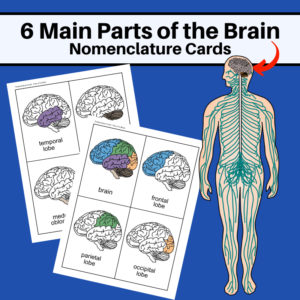 $2.00Buy Now
$2.00Buy Now6 Main Parts of the Brain – Human Anatomy Nomenclature Cards – This resource will help students learn and study the following parts of the brain: frontal lobe, parietal lobe, occipital lobe, temporal lobe, cerebellum and the medulla oblongata.
-
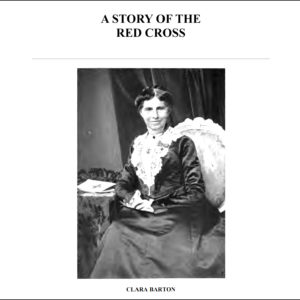 $3.00Buy Now
$3.00Buy NowThis is a downloadable copy of the book.
About the book: Barton’s 1904 book “A Story of the Red Cross: Glimpses of Field Work,” recounts the work performed by the Society under her direction.About the Author: Clara Barton (1821 – 1912) was a pioneering nurse who founded the American Red Cross. She was a hospital nurse in the American Civil War, a teacher, and patent clerk. Nursing education was not very formalized at that time and Clara did not attend nursing school, so she provided self-taught nursing care.
-
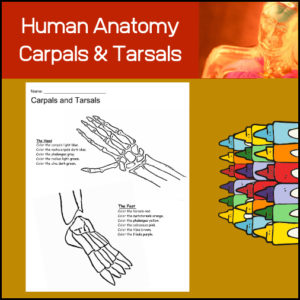 $1.25Buy Now
$1.25Buy NowOn this one page worksheet titled Carpals and Tarsals, students identify the bones of the hands (+ wrist and lower arm) and feet (+ lower leg): carpals, metacarpals, phalanges, radius, ulna, tarsals, metatarsals, phalanges, calcaneus, tibia and fibula.
Suggested uses: Use in a Science center when studying human anatomy, give as homework or use as a quick quiz. Answer key is provided.
-
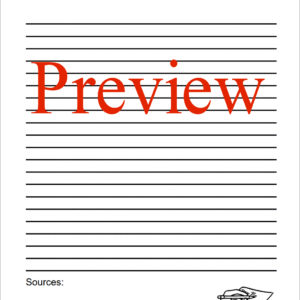 $1.00Buy Now
$1.00Buy NowOne page form on which students can write a report on the U.S. Constitution as well as list sources used.
-
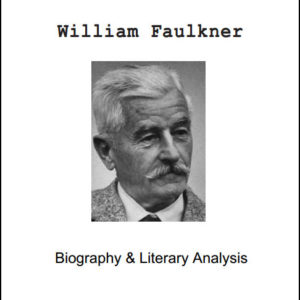 $3.00Buy Now
$3.00Buy NowBiography & Analysis of Works – William Faulkner
561 pages -
 $2.00Buy Now
$2.00Buy NowAs students study the Northeast region of the United States, have them complete these scrapbook activities to show what they are learning! Students will draw (or paste) pictures and write a few short sentences about climate, landforms, water, natural resources, landmarks and culture. Students will also be asked to name the states of the region and give a personal opinion about a place they would most like to visit in the region. There are 5 scrapbooking pages for student use. Perfect to use with My Teaching Library’s Regions of the U.S. – Northeast Region | Informational Text and Worksheets
⭐ This product is included in a $$$ SAVING BUNDLE: Regions of the U.S.A. | Geography Bundle
-
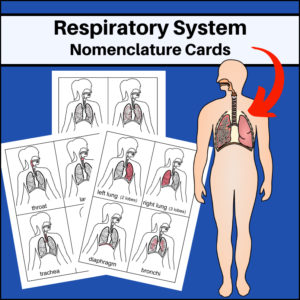 $2.00Buy Now
$2.00Buy NowRespiratory System – Human Anatomy Nomenclature Cards – This resource will help students learn and study the location of the following parts of the respiratory system: left lung, right lung, diaphragm, bronchi, bronchioles, alveoli, sinus cavity, nose, throat, larynx, trachea, and pleura. There are also 4 extra diagrams with no labels for you to use as you wish…such as give to students to have them color in and label the cards for themselves!
-
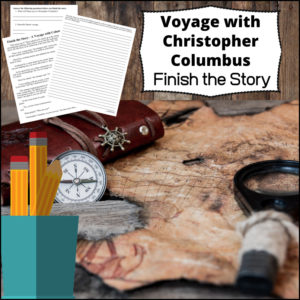 $2.25Buy Now
$2.25Buy NowA fun and whimsical cross-curricular activity that your students will love. Students will read a ‘going back in time’ narrative about a young man finding himself aboard a ship with Christopher Columbus. After reading the passage and answering a few ‘get you thinking’ questions, students will be asked to ‘complete the story’. Ask students not only to use their knowledge and skills of writing but also their knowledge about Columbus, the time, the passage to the ‘New World’, living conditions, etc. You may also ask them to do a little research to find out more about the subject before completing the story.
-
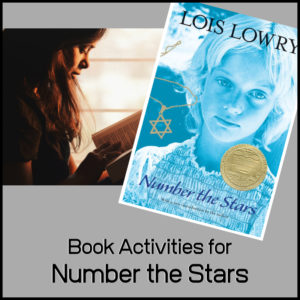 $3.00Buy Now
$3.00Buy NowLois Lowry’s Newberry Award winning book, Number the Stars, is a classic and a wonderful book to use to ‘delve deeper.’ This resource of book activities has been designed to do just that!
See description below for more details.
-
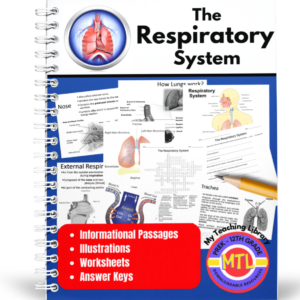 $5.00Buy Now
$5.00Buy NowStudents will learn all about the respiratory system with this resource designed for middle and high school biology / anatomy students. Students will learn about the nose, pharynx, larynx, trachea, lungs, pleura, diaphragm and more.
This resource includes:
- 22 informational pages with details and illustrations
- 8 posters
- 6 worksheet pages (a 3 page detailed short answer worksheet to use along side the informational pages, 2 labeling worksheets and a crossword puzzle)
- answer keys
-
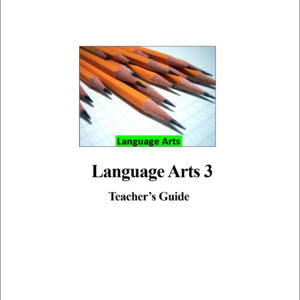 $9.99Buy Now
$9.99Buy NowTeacher’s Guide for Language Arts 3 (suggested 8th Grade use)
-
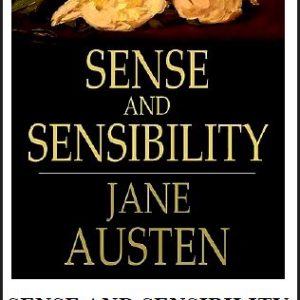 $2.50Buy Now
$2.50Buy NowThis is a downloadable copy of the book.
About the book: Published in 1811, Sense and Sensibility has delighted generations of readers with its masterfully crafted portrait of two sisters, Elinor and Marianne Dashwood. Forced to leave their home after their father’s death, Elinor and Marianne must rely on making good marriages as their means of support.About the Author: Jane Austen was an English novelist known primarily for her six major novels, which interpret, critique and comment upon the British landed gentry at the end of the 18th century. Austen’s plots often explore the dependence of women on marriage in the pursuit of favorable social standing and economic security.
-
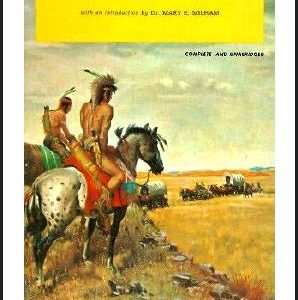 $2.50Buy Now
$2.50Buy NowThis is a downloadable copy of the book.
About the book: Cooper’s fictitious frontier hero Bumppo is never called by his name, but is instead referred to as “the trapper” or “the old man.” Chronologically The Prairie is the fifth and final installment of the Leatherstocking Tales, though it was published before The Pathfinder (1840) and The Deerslayer (1841). It depicts Natty in the final year of his life still proving helpful to people in distress on the American frontier.About the Author: James Fenimore Cooper was an American writer of the first half of the 19th century. His historical romances draw a picture of frontier and American Indian life in the early American days which created a unique form of American literature.
-
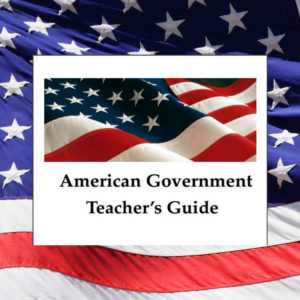 $12.00Buy Now
$12.00Buy NowTeacher’s Guide for American Government
-
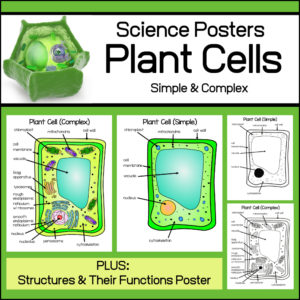 $2.25Buy Now
$2.25Buy NowThis Science / Biology resource offers 5 posters – Color posters which are perfect for bulletin boards or centers and B/W posters which are great to use as student handouts.
-
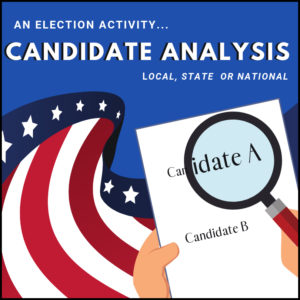 $3.00Buy Now
$3.00Buy NowThis resource is a project-based activity designed to be used during any election (local, state or national). It can be completed individually or in cooperative groups. Perfect for any Civics, Social Studies, or Government classroom 6th-12th grades.
The assignment consists of comparing / contrasting two candidates and requires students to research, report, plus give their own opinions on several aspects surrounding the various activities listed below. You can also require students to create a presentation if you’d like of all their findings!
-
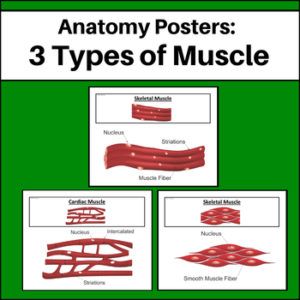 $2.00Buy Now
$2.00Buy NowPerfect for any Biology / Anatomy Classroom teaching human anatomy: Anatomy Posters – Types of Muscle. These 3 colorful posters will help students quickly identify each type of muscle (Cardiac, Skeletal, Smooth) as well as the parts of each muscle.
-
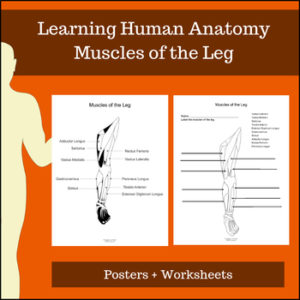 $1.50Buy Now
$1.50Buy NowMuscles of the Leg – Learning Human Anatomy will be exactly what you need if you are looking for a easy to read posters as well as a labeling worksheet for students. This resource actually comes with two worksheets, one with and one without terms. (You choose if you want your students to completely remember the names or if they need the terms to help them. )
See description below for more information.
-
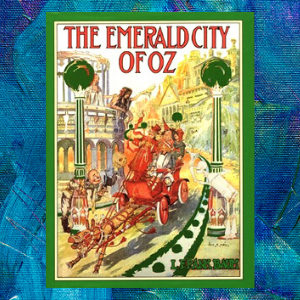 $2.50Buy Now
$2.50Buy NowThe Emerald City of Oz is the sixth of L. Frank Baum’s fourteen Land of Oz books. It was also adapted into a Canadian animated film in 1987. Originally published on July 20, 1910, it is the story of Dorothy Gale and her Uncle Henry and Aunt Em coming to live in Oz permanently. While they are toured through the Quadling Country, the Nome King is assembling allies for an invasion of Oz. This is the first time in the Oz series that Baum made use of double plots for one of the books.
-
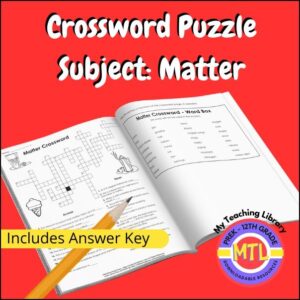 $1.50Buy Now
$1.50Buy NowThis fun crossword puzzle is a great way for students to review what they know about matter! If students need help, page 2 contains a ‘word box’ to give students terms from which to choose! Answer Key also provided.
Sample clues:
- At 32 degrees Fahrenheit, water ___.
- This is a very light gas found in some balloons.
- The amount of matter something contains is its ___.

